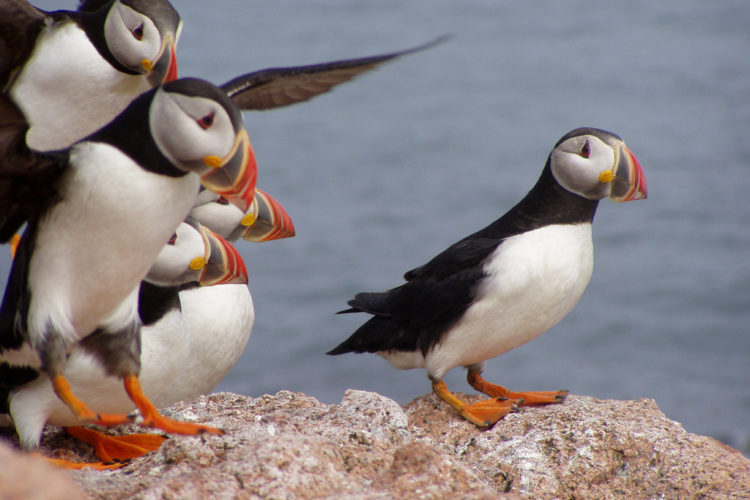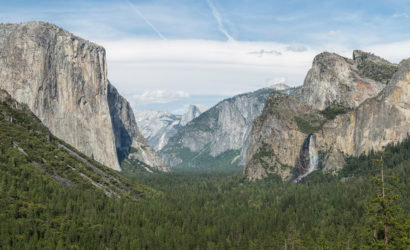We have much more to do and your continued support is needed now more than ever.
What this Government Shutdown Means for Wildlife
Disagreements between Congress and the White House have partially shut down the federal government just before the end of the year. What does this mean for conservation?
We don’t yet know exactly what will happen. But, based on what has occurred during past government shutdowns and contingency plans released by federal agencies, we have a pretty decent idea.

It’s a good day for carbon pollution
Although federal policymakers have undermined recent gains in reducing carbon pollution, the Environmental Protection Agency (EPA) still plays a vital role in keeping Americans safe and working to protect the environment. The EPA essentially closes its doors during government shutdowns. Only 1,069 of its 16,205 employees will be kept working during the shutdown, which will undermine its vital mission and work confronting pollution and keeping Americans safe.
It’s a bad time to try to restore endangered species populations
The U.S. Fish and Wildlife Service is responsible for implementing and enforcing some of our Nation’s most important environmental laws, including the Endangered Species Act. During the shutdown, no permitting work or consultations regarding these regulations will go forward, stopping promising conservation work in its tracks.
It’s an even worse time to be a hiker
Or a hunter, angler, bird watcher, mountain biker, or anyone else who takes advantage of our public lands. During the government shutdown in 2013, the National Park Service closed 401 sites, including Yosemite National Park. Local communities near national parks lost an estimated $76 million per day in tourism revenues. When the government briefly shut down in January 2018, a third of our national parks were closed while the others were understaffed. You may remember this led to a snowmobiler getting a little too close to Old Faithful.

A government shutdown is irresponsible, wasteful, and environmentally damaging
The Trump administration has been very clear regarding its spending priorities, constantly advocating for big budget cuts at the Environmental Protection Agency and the Department of Interior. These federal agencies are already struggling to maintain services at national parks, enforce environmental regulations, protect endangered species, and help our nation transition to clean energy. Cutting down their budgets will only worsen the situation. Likewise, shutting down the government adds insult to injury and places an unreasonable strain on agencies that are already stretched too thin. And the money needed to reopen the government—the 2013 shutdown cost an estimated $24 billion—is money that otherwise could be used for critical conservation programs.





















